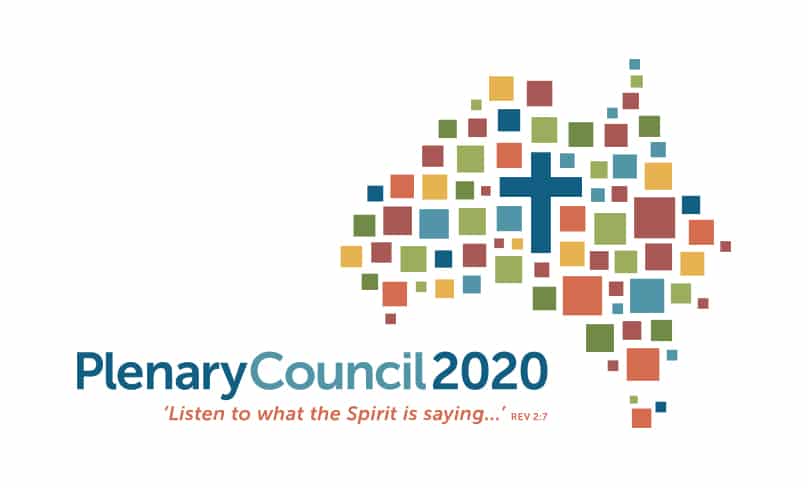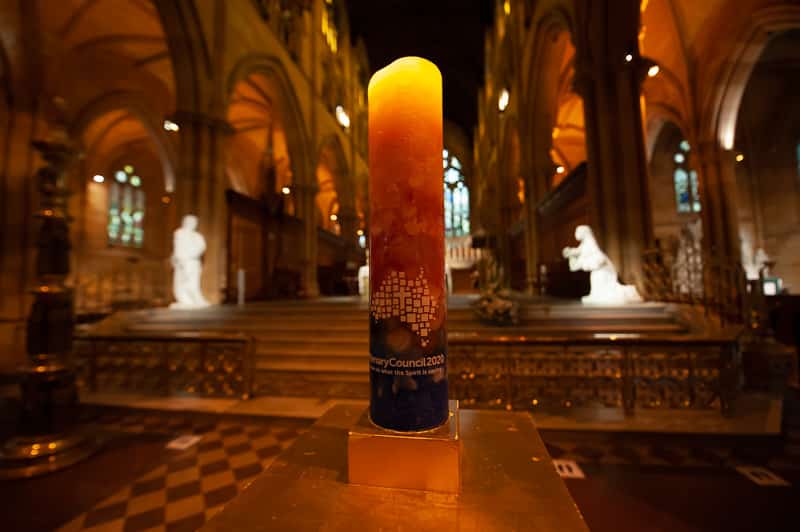
Plenary members nominate key issues they see as key to the gathering’s success
In the wake of last week’s public feedback on the Plenary Council’s Towards the Second Assembly document by the Archbishop of Hobart, Julian Porteous, The Catholic Weekly approached other Plenary members with a request to publish their statements.
While the responses differ in content and tone, they show an undercurrent of concern that the Plenary Council has overstepped its terms of reference, that the proposals will create new bureaucracies that may stifle the Church’s mission, and that Towards the Second Assembly (TSA) includes material not prefigured in the pre-First Assembly Instrumentum Laboris and “fruits” of the First Assembly document.
Professor Hayden Ramsay, Deputy Vice-Chancellor (Ethics) at the Australian Catholic University, wrote in his feedback that, “The First Assembly quickly lost sight of the purpose and scope of a Plenary Council as defined in Canon Law, the Statutes, the Instrumentum Laboris” and the Church’s teaching and ethical principles.
He expressed hope that the Second Assembly would “reconvene with better process”, and suggested “the scope and agenda should be matters raised in the previous Assembly that are within the competence of a Plenary Council and are consistent with the faith and tradition of the Church”.
Sydney Auxiliary Bishop Richard Umbers requested that “the next iteration of this document [TSA] should make clear the purpose of the Council, so that all members are focused on what they are aiming to achieve when gathered at the Second Assembly”.
Members who shared their feedback were also alarmed at the number of proposals in TSA that seemed to have little grounding in previous documents, or the First Assembly.
“I recognise very little within [the section of TSA concerning Catholic education] as bearing relationship to what we actually discussed and the concrete proposals we as a group put forward.”
Fr Stephen Hill, of the Personal Ordinariate of Our Lady of the Southern Cross, wrote “as a matter of grave concern there seems to be little continuity between the various documents produced by the Plenary Council”.
Fr Hill was a member of the small group that discussed Catholic education, but does not believe the proposals on this topic build on the work of those sessions.
“I recognise very little within [the section of TSA concerning Catholic education] as bearing relationship to what we actually discussed and the concrete proposals we as a group put forward,” he wrote.
“That is, it appears that our concrete proposals have been ignored.”
Other members’ submissions likewise raised the same question about a number of other issues in the document, including the use of “inclusive language” in liturgical and scriptural translations, ecological proposals, and the introduction of a “ministry of preaching” for lay people at Mass.
On the ministry of preaching, Sr Mary Julian Ekman RSM expressed her concern that the link between the Liturgy of the Word and Liturgy of the Eucharist remain united.

“[I]t is fitting that the preaching be carried out by one who is ordained to mediate Christ’s special care for the lives of the faithful in the message given,” she wrote.
“That the preacher be an ordained minister also makes sense when we recall that the aim of preaching within the Liturgy is to foster and deepen the relationship of the faithful to Christ in the Eucharist: only the ordained minister can serve this sacramental continuity.”
The desire to avoid the multiplication of bureaucracy was another consistent message in the feedback received by The Catholic Weekly.
Sr Cecilia Joseph OP said of Section B, on governance, that “this paper reduces Church renewal to effective bureaucratic structures”.
“The Church can only be effectively renewed by returning to the Source from which flows her identity, structure, and mission, handed down through her history, teachings, and tradition.”
Bishop Umbers likewise said the proposals had a “problematic” bureaucratic focus.
“The role of the ‘organisational’ church is to animate, support and amplify such initiatives rather than duplicate (or displace) them with a proliferating body of ‘church professionals’ (the new clericalism).”
“[T]he multiplication of bureaucracy usually detracts from mission, rather than adds to it,” he wrote.
“It also fails to recognise the potential of, or focus on supporting, family, schools, universities, seminaries, parishes and existing diocesan structures.”
Francine Pirola, co-director of the Marriage Resource Centre, likewise described “an overemphasis on bureaucratic solutions” that obviate the initiative of lay people.
“The role of the ‘organisational’ church is to animate, support and amplify such initiatives rather than duplicate (or displace) them with a proliferating body of ‘church professionals’ (the new clericalism),” she wrote.
The TSA document has not been made available to the Church at large, and has been circulated only among Plenary Council members. It has been sighted by The Catholic Weekly.
The final version of the Second Assembly propositions and procedures will be published by the Plenary organisers in early June.
In the interests of transparency around the drafting process The Catholic Weekly will publish edited versions of shared Plenary Council feedback on the web in coming weeks.
Plenary Council members who wish to share their official feedback for publication may do so at [email protected].
Related Articles:
